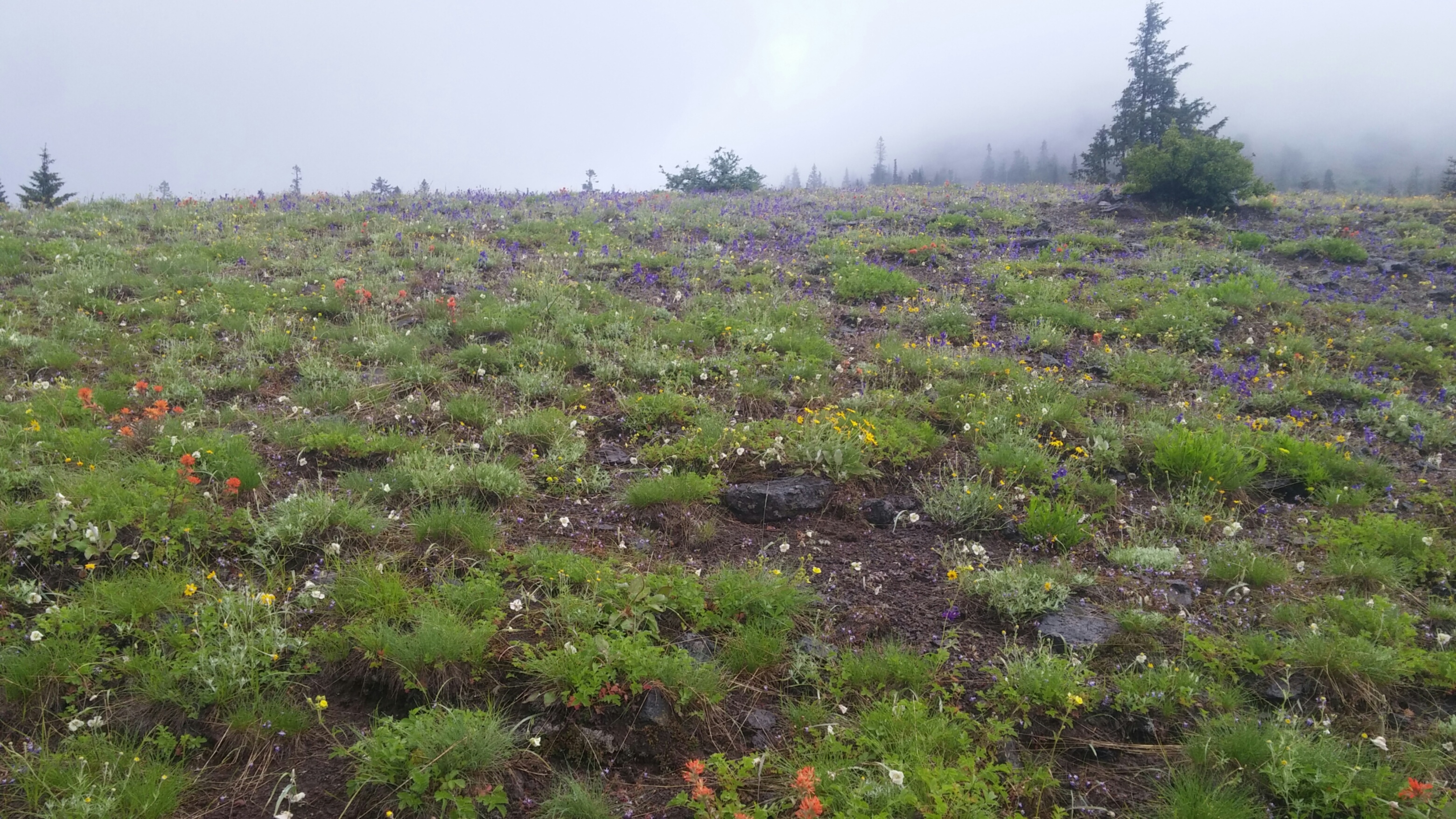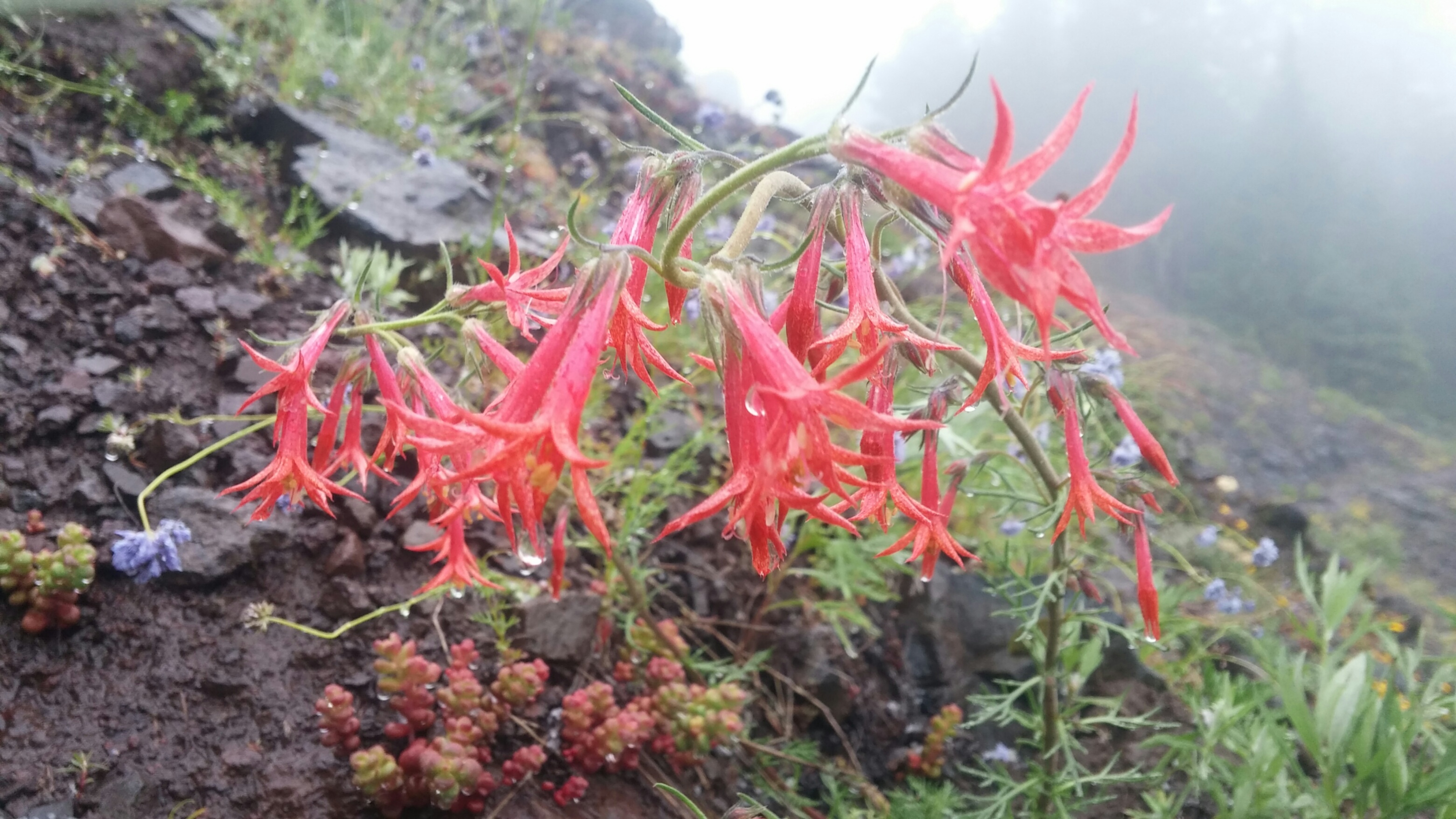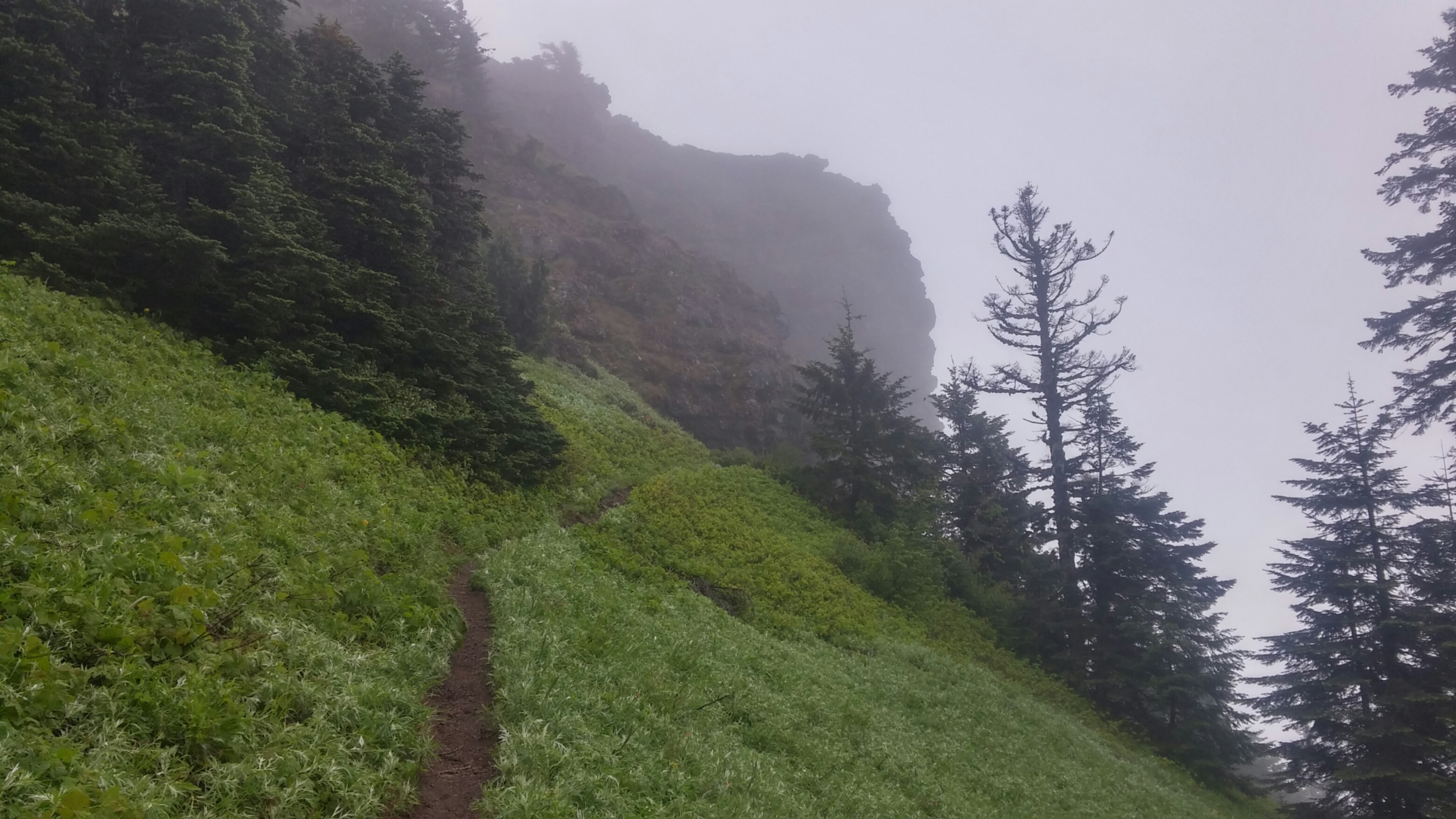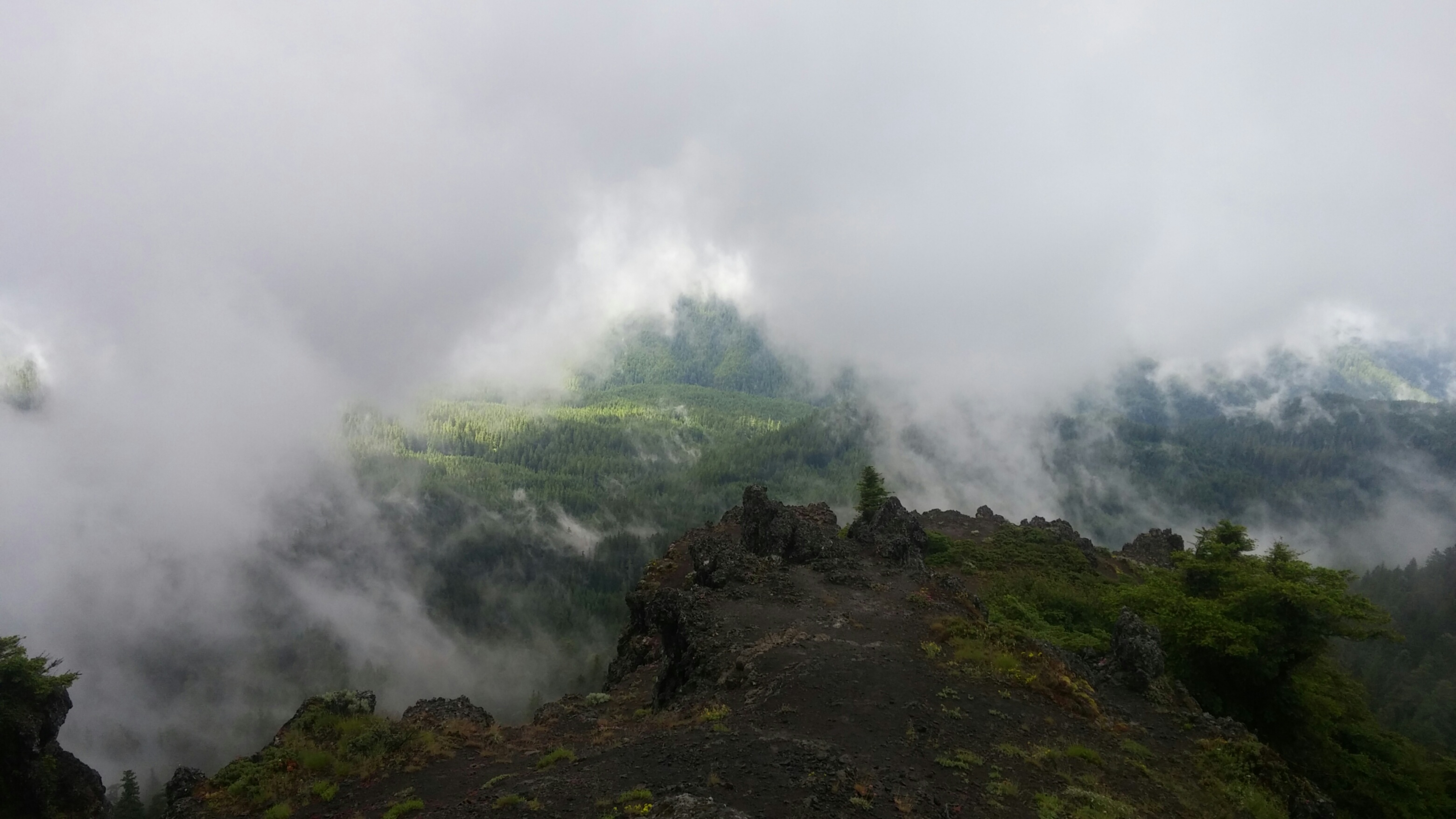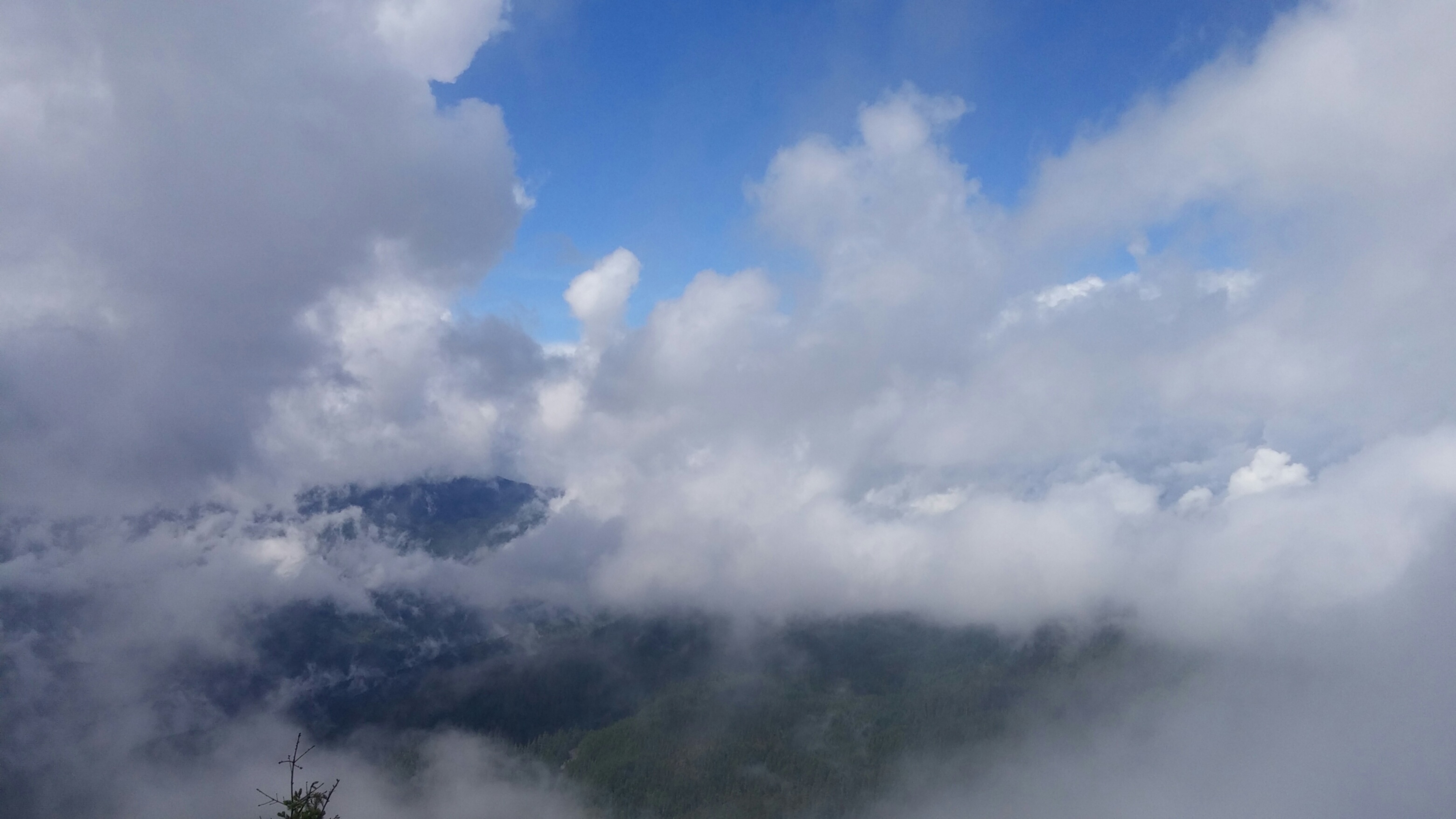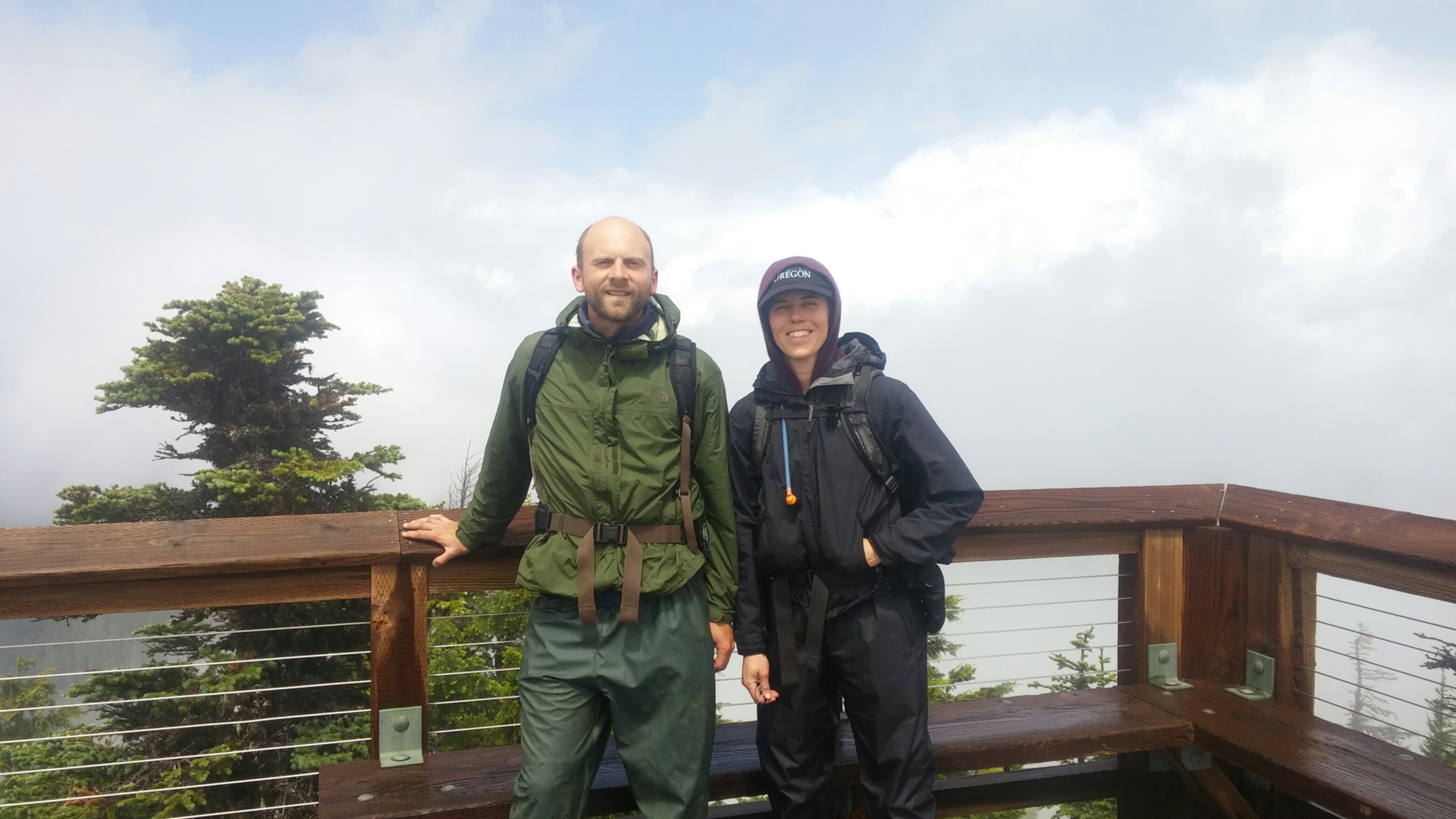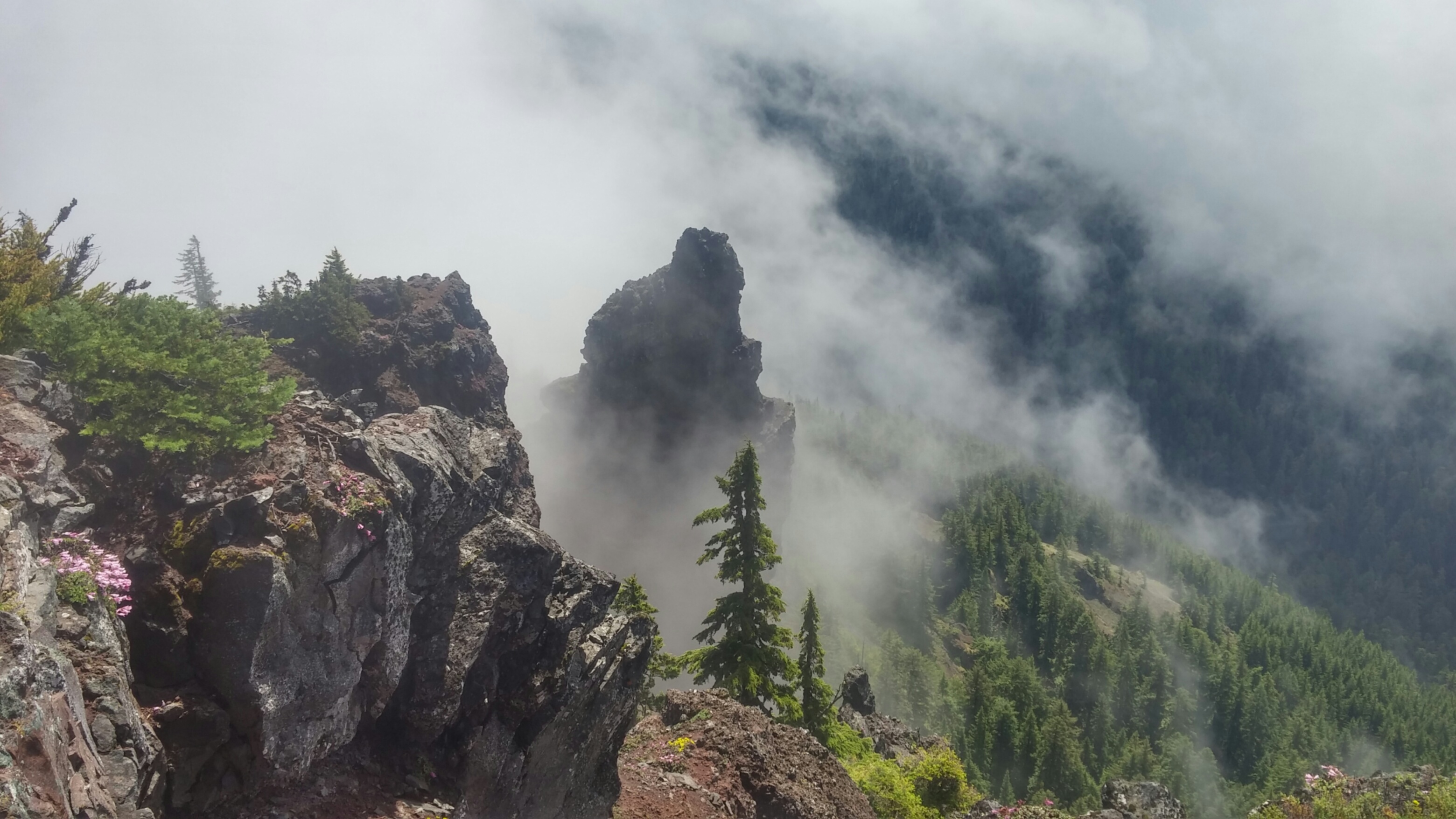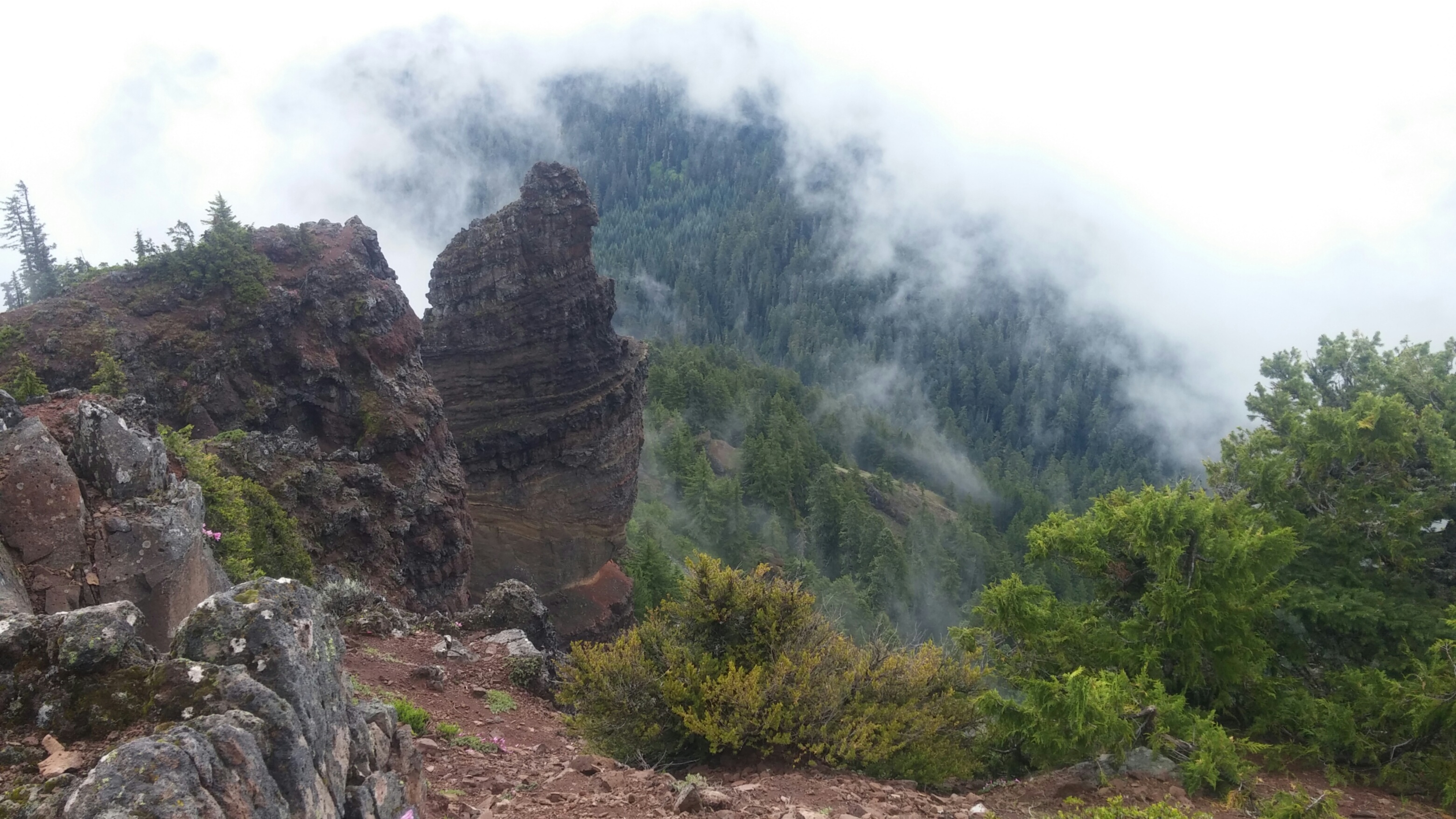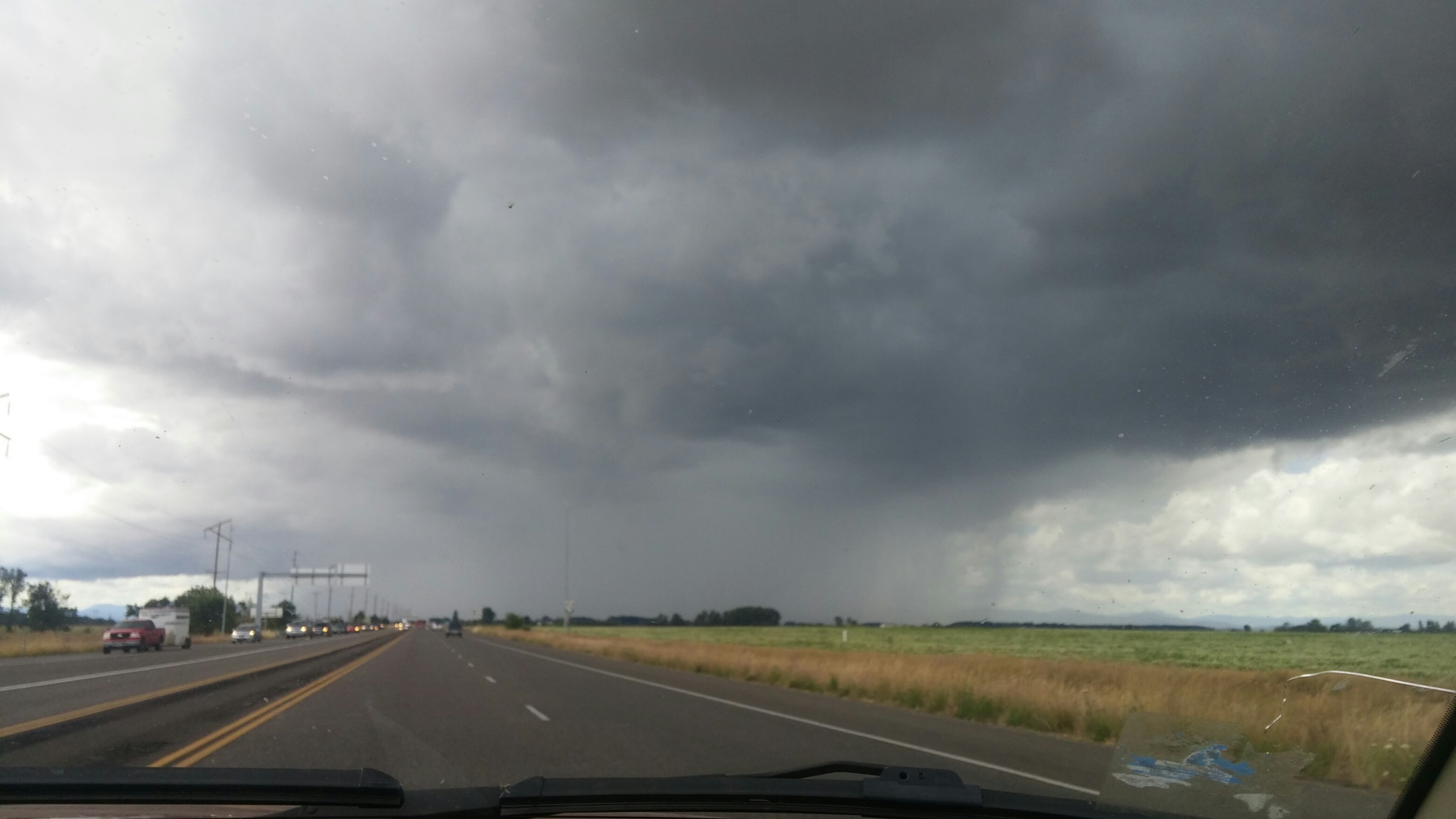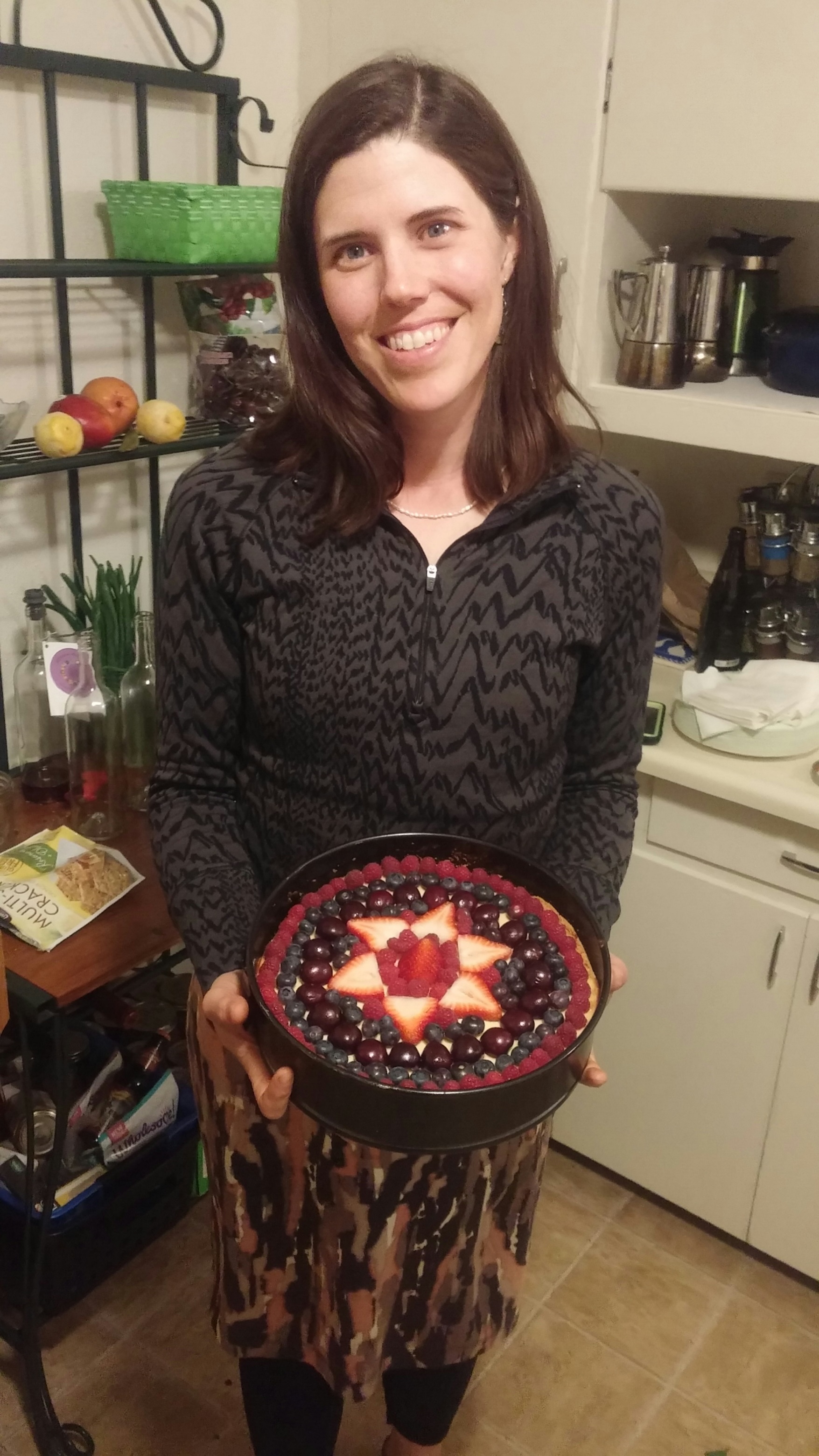It’s been too long since I posted here. My “sustainable religion” post – the last in the sustainability series – is almost ready, but I found myself trying to work in too many different concepts so I will need to work on it a bit.
As a brief update, the weather has gone from record warm-and-dry to unusually cool and wet, setting back farmers and gardeners though bringing much-needed rain. I turned three strong hives and two nucs into five strong hives, bringing the hive count to eight, plus two more nucs. Tomorrow with some sunshine and warmth I will open them up, seeing if they are wanting to swarm.
Ed suggested that I write about my experience of walking in the valley near his house, my childhood home. I don’t always follow his writing suggestions, but this time I felt inspired, and I started to trace a route in my mind, seeing each space and writing the memories and emotions that each space evoked.
______________________________________________________________________
Out the back door
Past the garden
Down past the newly-cut elms
Up the valley
Squeezing past the oak branches where the spirit of Quercus macrocarpa has twice tried to close the trail, the first attempt surrendering to our saw, giving heat in a now-forgotten winter.
Next through the meadow with prickly ash
Do the bottle gentian still live, waiting patiently for their time to grow and blossom?
I remember finding them in the time when spider webs cross the path, when I once watched one so carefully and deliberately build a web, thereafter trying to avoid them lest I undo hours of work.
The bottle gentian patch, a last remnant of a dying patch of prairie, in bloom on the last warm days when it seems warmth is dying too, giving way to the soft scent of fallen oak leaves and finally the crisp scent-free air of winter’s cold.
The old trail went up the valley, past the huge surviving elms guarding the shortcut to Sunset Tree. But the horses came through once, made a channel, and the meandering, marshy Bluff Creek became a straight, ugly channel.
Off to the left then, into red oak and ironwood.
This forest is old. Ironwood only sprouts in the shade.
Old red oak are dying, and I see no young ones. What was it like here when they were born? What has changed? So many have fallen now. I give thanks for the ones who have warmed our home through the years and give a hug to the oldest that still stands, a century and a half perhaps, wishing him long life and beauty in experience.
A straight gray trunk ahead stands out from the basswood all around. Ulmus rubra, red elm, once abundant and now, after half a century of disease, only a few remain. This one looks healthy still. Perhaps it is a survivor, resistant to the imported fungus that has made the once-dominant elms a short-lived tree. Perhaps its seeds will give life to a new generation of resistant elms, reclaiming their place in this forest when I am gone from this life.
A curve to the right, curling around a pale skeleton of a tree. Ulmus americana, American elm, succumbed to the same plight. This tree was a mystery when it was alive, its bark not a clear reflection of its species. I stopped here often, when I was learning winter trees, wondering exactly what it was. In death it has blessed us twice with bountiful harvests of oyster mushrooms, bringing the deep woods to our kitchen table in stir fries and sauces.
Ahead across the pond, only filled during snowmelt or after heavy rains. I snuck up on a spotted sandpiper and a wood duck here once, marveling at these denizens of open water deep in the woods, inhaling the rich scents of springtime after the winter’s dearth.
Up to the guardian tree in the pass, where I once hid a clue on a long scavenger hunt for my dad.
Then up a rock step and through some prickly ash to the pair of potholes, perfect cylinders carved into solid rock over hundreds of years by the once-mighty glacial river that made this valley, digging deep into glacial silt and sand to uncover the ancient bedrock – rocks formed deep within the then-young Earth beneath a mountain range long since weathered into plains.
Over the saddle to Strawberry Rock, a place of many memories. Solstice fires in deep cold or enveloping mist. Solo visits, gazing out across the river to Vulture Hawk Rock. Memories of late-afternoon fame flowers. Checking the time capsule, perhaps writing a new reflection or reading over earlier entries. This place is open now, cleared of trees and visited more often by those who look but do not truly see. A place of magic, of mystery must be experienced and acknowledged as such by those who visit or it will lose its identity, become just another rock, forest, or patch of prairie. Such may be the fate of Strawberry Rock, though it may again be forgotten to grow a new covering of cedars, to inspire a new generation of those seeking solitude and quiet reverence.
Climbing down the cliff, through the giant tree-nursery pothole and around the west side.
An unbroken wall of moss, formed on rock cliffs in the shade. This was the first green to return, awakened by March snowmelt. I used to come here on the first warm days, to a verdant dripping wonderland, each tiny leaf of moss a path for water released from ice above, rejoining the hydrologic cycle. I would bury my face deep into the moss, inhaling the beautiful scent of chlorophyll, of Earth, of life reawakening from winter.
Up then from the pass, following a trail I helped to build. The Middle Ridge Trail, last of Ed’s passageways to be built, and first, perhaps, to be abandoned. Ed seldom comes this way now, and I push my way through cedar branches reclaiming our passageways.
Squeezing through the crack, beneath the balanced boulder. The Moon Boulders, we called this area, and it was once a distant mysterious place. When I was small, the Lookout, Moon Rock, and Powder Rock were the center of my world. Sunset Rock seemed farther, and Bluff Creek was the edge of the realm. Everything beyond Bluff Creek was the outer reaches – places where we seldom ventured that seemed wilder, less safe, less familiar. Such was my world once. Then I grew and space began to shrink. I explored the whole park, then the whole valley, then to Colorado, and Ecuador, and Oregon, but always I connected to places as I did around Valley House.
On to the top of Bluff Creek Falls, the elf-divide. A rock pool where the smallest branch or tuft of moss can redirect the creek, sending it cascading through the birdbath and down through the tumbled boulders or else off to the east, flowing quietly through trees and glades before cascading in a torrent straight down a cliff. I loved to build dams and diversions, but not here. This was not my playground; other consciousness was at work. Here I did not seek to change the world, but rather found joy in its ever-changing patterns.
Eastward then, on the Main Trail, the route that I can still walk in darkness, sensing the position of each landmark from years of memory. Past Onion Rock, detouring northward to the Sunset Tree. This came later, when I cast a new focus on familiar places, seeking the highest point. My hands and feet find the branches by memory, emerging into the last rays of sunshine.
I have watched at least a hundred sunsets here, maybe two hundred. Sunsets swaying in the biting northwest winds of winter. Sunsets in the awakening of spring, with Great Horned Owls calling in the distance. Sunsets in the peak of summer, when the clear trills of the Wood Thrush and the whistle of the Whip-poor-will mix with the mysterious night song of the Ovenbird, a joyful warble delivered high above the trees by a bird normally found near the forest floor. Sunsets in September, when the valley turns yellow and orange, the woods fill with spiderwebs, and the air fills with the soft, rich, earthy scent of new-fallen leaves. The tree itself has changed but little in fifteen years. It is perhaps five feet taller, and I need to climb one branch higher for a clear view of the horizon. I wonder if it will outlive me, if I might still be able to visit in my later years to watch the sun set over the ever-changing, ever-renewing valley.
Time to climb down, as the sky fills with every hue of red and pink. Beneath the rotting boards of our sunset platform, where Ed would take me as a little boy, carrying our army-green backpack with a granola bar for each of us.
On through Jean’s elf-passage, where she felt the spirits of nature close at hand. I sensed them too, but they have moved now, perhaps to the wilder rocks and woods north of the Sunset Tree.
Around Falling Down Rock, a place whose story I know only from retelling, not from memory. Little Mark fell here once, or so the story goes.
Then the open expanse of Powder Rock. I barely remember the rock-powder projects that spawned the name, but this was always my rock spot. This or the top of Moon Rock next door. I have felt true joy here – a sense of being connected to all that is, and feeling that I belong and have a place within it. I have come here feeling confused or foggy or anxious and left feeling more restored, more connected, more at peace. Here, I feel, in the ancient rock stretching unbroken to the center of the planet, the consciousness of the Earth Mother is close at hand, more available for communion, for emotional rebalancing, for self-discovery.
An S-curve through the woods and across Acorn Creek to Moon Rock. The oaks here are old, much older than the cedars. The cedars are overtopping them, shading out their babies. Historically this ridge was open, scattered oaks mixed with prairie islands. When the fires stopped, the cedars grew, changing the dynamic of the place. The oaks remember a different time, perhaps wish for its return. Ecologists, too, strive to remove the cedars. I understand the desire, to preserve the prairie species, but I have always known this place as a cedar world. Nature changes but slowly, and the feel stays the same. Human change is abrupt, changing the feel of a place. I would be sad to see the cedars go.
Moon Rock, where I discovered “snow wheelies” on a fresh-crusted snowpack, where I followed the possum trail, where I slid down on my butt in new powdery snow, where I lifted rocks in summer to find blue-tailed skinks.
Down Moon Rock, below the sky jump of Eddie’s Hole, walking and sliding down familiar passageways to the tennis rock and the back porch. Back at Valley House once more.
Such is my experience of the world. It is not unique to the valley, but the valley still holds a greater depth of memory and meaning from more years of observation. I have seen floods and droughts, good strawberry and blackberry years and years with nothing at all. There was a time when I was loath to leave the valley even for a few days lest I miss an interesting storm, a change in the weather, or some other happening.
I sense, as I am immersed in the natural world, a feeling of belonging. This is the place, the world, the experience where I choose to be. There is death and sickness and famine, yes, but life is ever-renewing and ever-beautiful. All that we create from wood or cement or plastic begins to decay from the day it is made, breaking down and returning to wildness. A forest or a prairie does not decay, as it is renewed each spring, or with each new generation of trees sprouting to replace the ones that fall.
In spirit, as I understand it, we create our experience of the world entirely. We see trees where we wish them to be, we find friends when and where we wish to find them. There are few surprises. In the physical, we coexist with all aspects of co-creating consciousness. This can and does lead to disharmony, but it also creates an element of surprise, of mystery, of wonder. No two days or sunsets are alike. Every forest is different, and we can sense the stories extending far back into deep time that shaped the geology, the ecosystems, the species of each place. We can feel these stories within us, threads weaving together always in the present, creating the grand tapestry of the world. My greatest desire is to be fully present, to weave my own thread in harmoniously, experiencing each full moon, each turning of the seasons, each harvest time with the full essence of my being, not straying too far into the uncertain future or obsessing on how the weaving might have gone differently had I made a different choice in the past.
I wish to know love, to feel joy, and to be fully here. I am saddened by those who wish to be not here, who choose to see the physical world as an illusion or merely a stepping stone on the path to heaven or afterlife. I am equally saddened by those who would explain away the mystery, who would reduce the great weaving of the present moment to the chaotic, ultimately meaningless turning of a giant machine – a machine without spirit or consciousness. Yet I understand that truth is relative, that that which feels most true to me may well not be the highest truth for another. For those who would follow other paths, I only wish that they find what brings them greatest joy, and that they recognize our planet as the living system it is rather than a repository of resources to be exploited.

